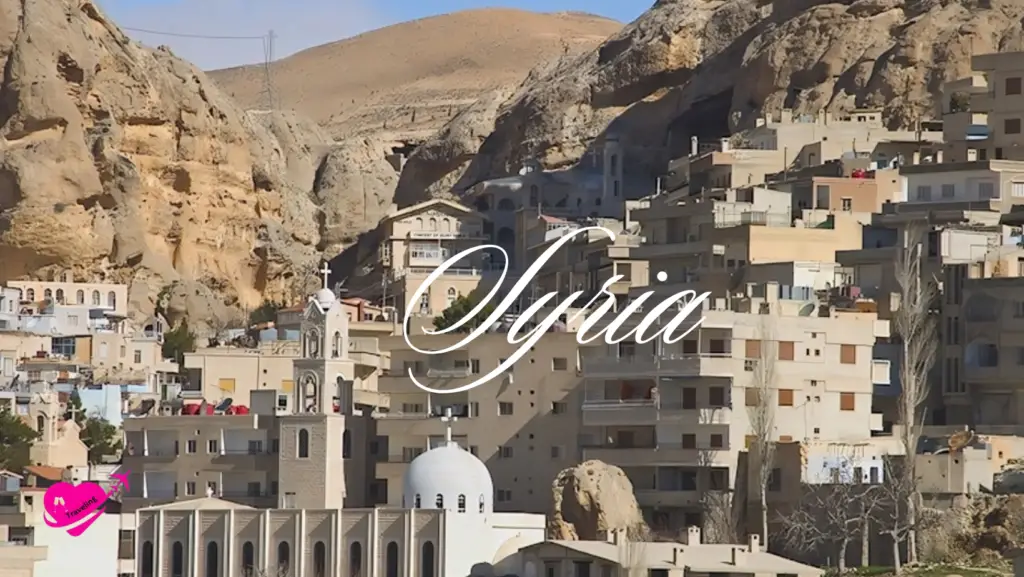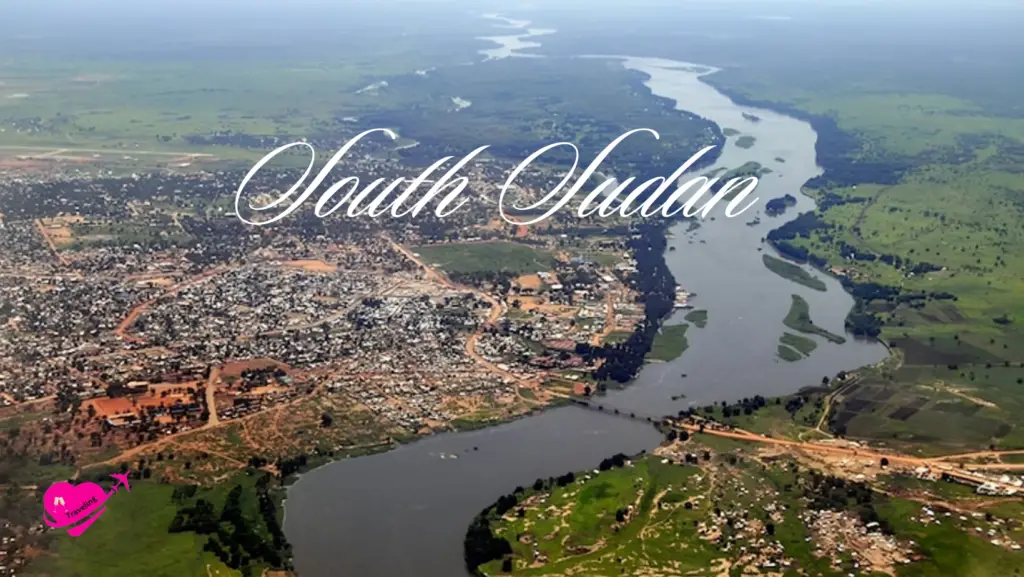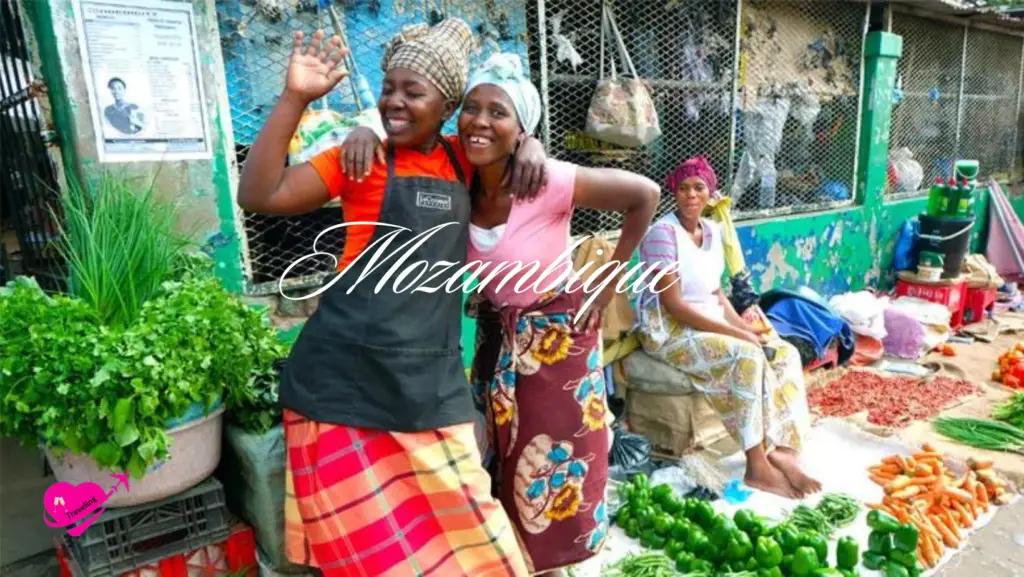32 Worst Countries of the World To Visit Must Know Before Traveling When discussing the “worst countries of the world,” it’s important to approach the topic with sensitivity and a nuanced understanding. The term “worst” can oversimplify complex situations and fail to acknowledge the cultural richness and resilience of the people in these nations.
Worst Countries of the World :
This article explores 32 countries often cited under this label, examining the challenges they face in terms of political instability, economic hardship, human rights violations, and health and safety issues.
Political Instability and Conflict
1. Syria

- Challenges: Prolonged civil war, foreign interventions, and widespread destruction.
- Realities: Despite the conflict, Syria has a rich cultural heritage and significant archaeological sites.
2. Afghanistan

- Challenges: Decades of conflict, Taliban resurgence, and humanitarian crises.
- Realities: Afghanistan has diverse ethnic cultures and stunning landscapes.
3. Yemen

- Challenges: Civil war, famine, and cholera outbreaks.
- Realities: Yemen is known for its ancient history and unique architecture.
4. Somalia

- Challenges: Clan conflicts, weak central government, and piracy.
- Realities: Somalia’s resilient communities and rich oral traditions offer a glimpse into its cultural depth.
Also Read : Top 10 Weird Place In The World You Should Visit Mystery Places
Also Read : Top 10 Best European Beach Destinations
5. South Sudan

- Challenges: Ongoing civil war, ethnic violence, and displacement.
- Realities: South Sudan has diverse cultures and significant potential for agricultural development.
6. Libya

- Challenges: Post-Gaddafi instability, militia rule, and economic collapse.
- Realities: Libya features a beautiful Mediterranean coastline and Roman ruins.
Economic Hardship and Poverty
7. Venezuela

- Challenges: Hyperinflation, shortages of basic goods, and political turmoil.
- Realities: Venezuela boasts stunning natural landscapes and rich oil reserves.
8. Zimbabwe

- Challenges: Economic mismanagement, hyperinflation, and unemployment.
- Realities: Zimbabwe is home to Victoria Falls and a rich cultural heritage.
9. Democratic Republic of the Congo (DRC)

- Challenges: Corruption, armed conflict, and extreme poverty.
- Realities: The DRC is incredibly biodiverse, with abundant mineral resources.
10. Haiti

- Challenges: Political instability, natural disasters, and poverty.
- Realities: Haiti has a vibrant culture and significant historical importance.
11. Chad

- Challenges: Poor infrastructure, food insecurity, and a low human development index.
- Realities: Chad’s rich traditions and Saharan landscapes offer unique cultural insights.
12. Niger

- Challenges: Desertification, poverty, and limited access to education.
- Realities: Niger is known for its ancient cities and cultural festivals.
Human Rights Violations
13. North Korea

- Challenges: Authoritarian regime, lack of freedoms, and widespread poverty.
- Realities: North Korea has unique cultural practices and historical sites.
14. Eritrea

- Challenges: Repressive government, forced labor, and lack of freedoms.
- Realities: Eritrea’s strategic location and diverse ethnic groups are notable.
15. Myanmar

- Challenges: Military rule, ethnic conflicts, and the Rohingya crisis.
- Realities: Myanmar has a rich cultural heritage and numerous Buddhist temples.
16. Sudan

- Challenges: Political repression, human rights abuses, and economic challenges.
- Realities: Sudan is home to the Nile River and ancient pyramids.
17. Central African Republic

- Challenges: Armed conflict, displacement, and human rights abuses.
- Realities: The Central African Republic has natural beauty and diverse wildlife.
18. Burundi

- Challenges: Political violence, poverty, and limited freedoms.
- Realities: Burundi is rich in culture and scenic landscapes.
Health and Safety Issues
19. Sierra Leone

- Challenges: Ebola outbreaks, poverty, and lack of healthcare infrastructure.
- Realities: Sierra Leone has rich biodiversity and cultural festivals.
20. Guinea

- Challenges: Health crises, economic hardship, and political instability.
- Realities: Guinea is rich in natural resources and diverse cultures.
21. Mali

- Challenges: Armed conflict, poverty, and food insecurity.
- Realities: Mali’s historic cities and musical heritage are world-renowned.
22. Burkina Faso

- Challenges: Terrorism, displacement, and poverty.
- Realities: Burkina Faso has a vibrant culture and resilient communities.
23. Mozambique

- Challenges: Cyclones, poverty, and political instability.
- Realities: Mozambique boasts a stunning coastline and diverse ecosystems.
24. Nicaragua

- Challenges: Political repression, poverty, and economic challenges.
- Realities: Nicaragua is known for its natural beauty and cultural richness.
Other Notable Mentions
25. Iraq

- Challenges: Ongoing violence, economic hardship, and political instability.
- Realities: Iraq has ancient history and diverse cultures.
26. Congo (Brazzaville)

- Challenges: Corruption, poverty, and political repression.
- Realities: Congo has tropical rainforests and a vibrant music scene.
27. Papua New Guinea

- Challenges: Tribal conflicts, poverty, and lack of infrastructure.
- Realities: Papua New Guinea is rich in biodiversity and unique cultural practices.
28. Ethiopia

- Challenges: Ethnic conflicts, famine, and political repression.
- Realities: Ethiopia has ancient history and cultural diversity.
29. Uganda

- Challenges: Political repression, human rights abuses, and economic challenges.
- Realities: Uganda has natural beauty and a rich cultural heritage.
30. Pakistan

- Challenges: Political instability, terrorism, and economic hardship.
- Realities: Pakistan boasts a rich cultural heritage and stunning landscapes.
31. Bangladesh

- Challenges: Poverty, natural disasters, and political instability.
- Realities: Bangladesh is culturally vibrant and has significant economic potential.
32. Madagascar

- Challenges: Political instability, poverty, and health issues.
- Realities: Madagascar is known for its unique wildlife and ecosystems.
Conclusion
Labeling these 32 weird countries as the “worst” oversimplifies their realities and often ignores the rich cultural heritage, natural beauty, and resilience of their people. Each of these weirdest countries faces significant challenges, from political instability and economic hardship to human rights violations and health crises. However, they also possess unique strengths and attributes that are often overlooked.
Understanding the complexities behind these labels requires a nuanced approach that goes beyond the headlines. It involves acknowledging the historical, political, and socio-economic factors that contribute to their current situations. By fostering a more empathetic and informed perspective, we can better appreciate the diverse experiences of people living in these countries and support efforts to address the root causes of their challenges.
In conclusion, the term “worst” should be used cautiously and thoughtfully, with an awareness of the broader context and a commitment to highlighting both the struggles and the strengths of these nations. Through this balanced view, we can contribute to a more just and equitable understanding of the world.





